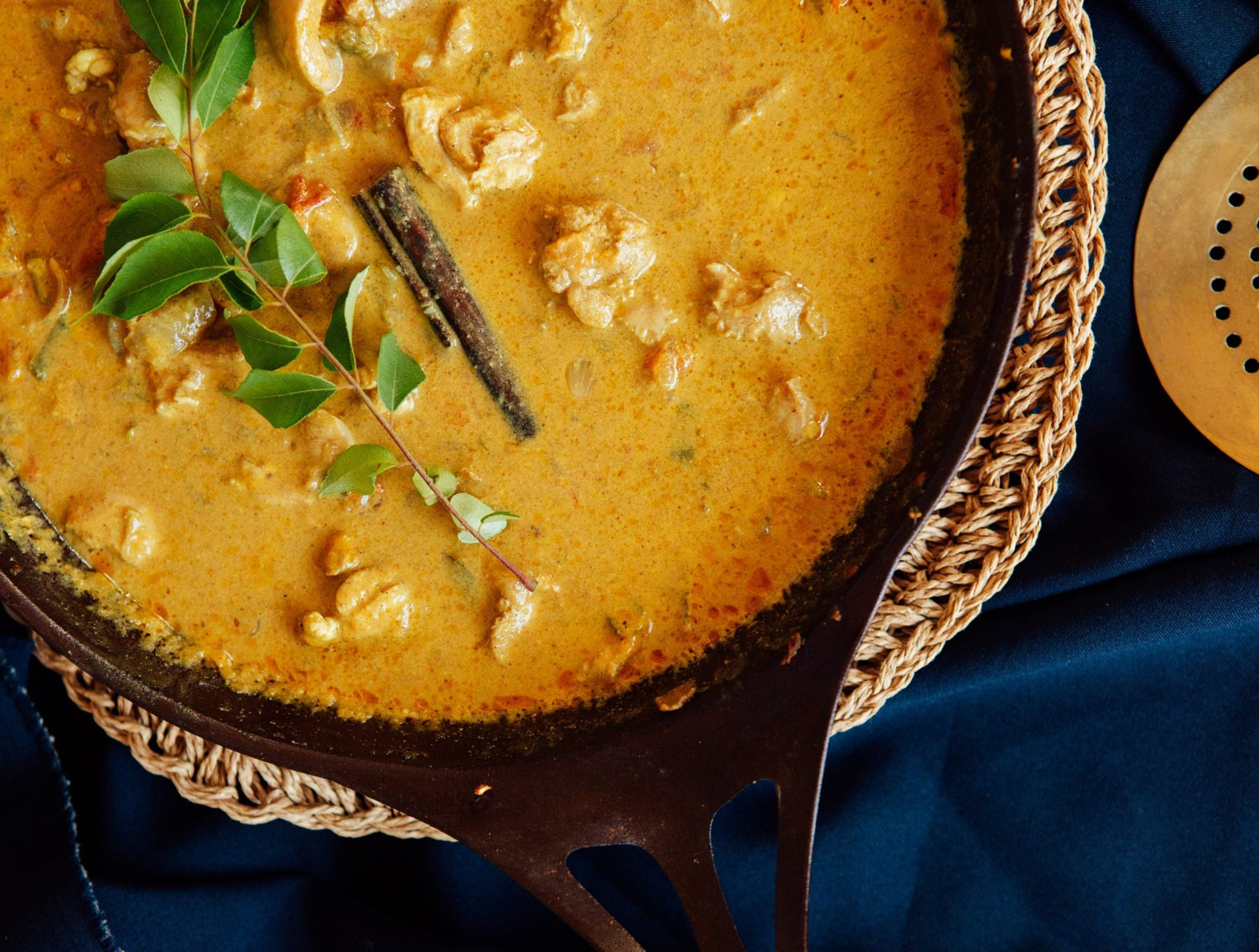
Sri Lanka: A Jewel of the Spice Trade
Along with native herbs, vegetables and fruits, native spices are at the heart of Sri Lankan cooking –including cloves, cinnamon, cumin, cardamom, turmeric, nutmeg and mace, curry leaves, pepper, lemongrass and ginger. Sri Lankan spices have been prized and traded worldwide for centuries, most frequently since the early 1500s, when Portugal established trading posts and forts, later claiming the island as a colony (followed by the Netherlands and England). Galle, a southern port approximately 120 kilometres from Colombo, became the centre of Sri Lanka’s spice trade after a ship captained by Portuguese explorer Vasco da Gama was accidentally windswept into its harbour in 1505. This beautiful city is still famed for its cinnamon plantations, as well as its food in general. The world’s ongoing passion for Sri Lankan spices lies in their highly distinctive aromas and flavours, which stem from the unique micro-climates in which they’re grown. Local cloves, for example, have a more intense aroma than most other cloves. Similarly, local pepper is especially pungent because it contains more than the usual quantity of piperine, the alkaloid that gives pepper its wonderful biting quality. Sri Lankan cinnamon, too, is renowned for its exceptional, nuanced flavour. Curries are the stars of Sri Lankan food, and they embody a rich cultural heritage.

Archaeological evidence shows that their everyday consumption dates as far back as 250 BCE, with texts written on stone and palm leaves indicating an extensive knowledge of agricultural practices, and revealing recipes created not only to nourish, but also to heal. The keepers of this knowledge were community elders and healers; and a tradition of shared recipes and cooking methods, with family specialties handed down through generations, has flourished in Sri Lanka ever since. While Sri Lankan curries are some what similar to South Indian dishes, and have absorbed many other influences over time, they have characteristics all their own. Local spices lend their singularly delicious flavours; and given the island’s tropical climate, seafood, coconut and jackfruit feature more frequently than in Indian cooking. Otherwise, curries vary widely in ingredients, flavour and texture. They might be predominantly yellow, red or black, for example, with flavours that are mainly sweet, sour, bitter or hot, and they might have a modest or rich and unctuous gravy. Cooking methods play a major role as well, with spice blends and methods such as dry-roasting creating variations in texture and flavour.
People Also Bought
- Choosing a selection results in a full page refresh.
